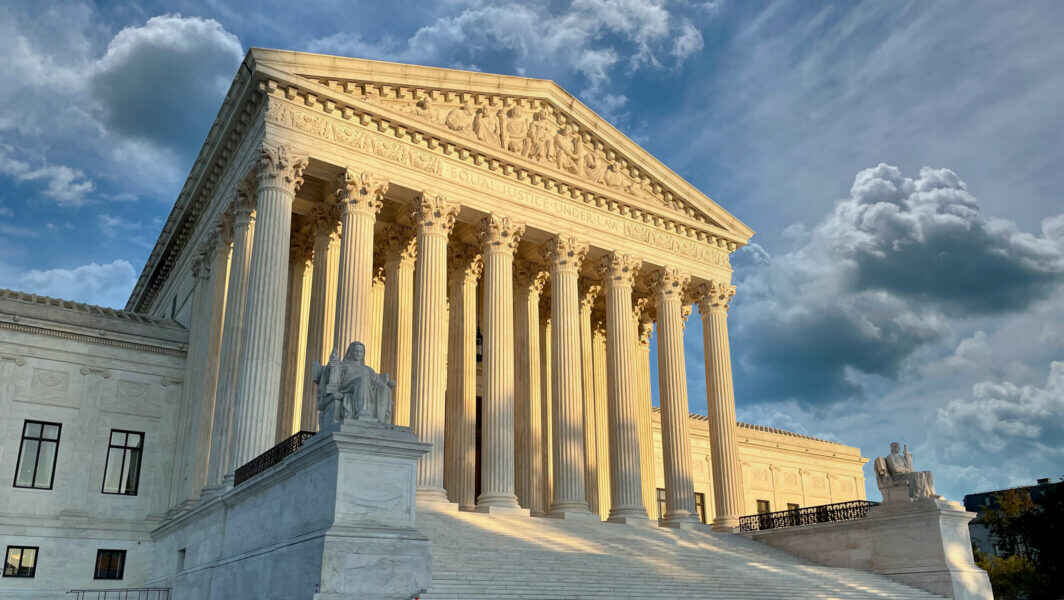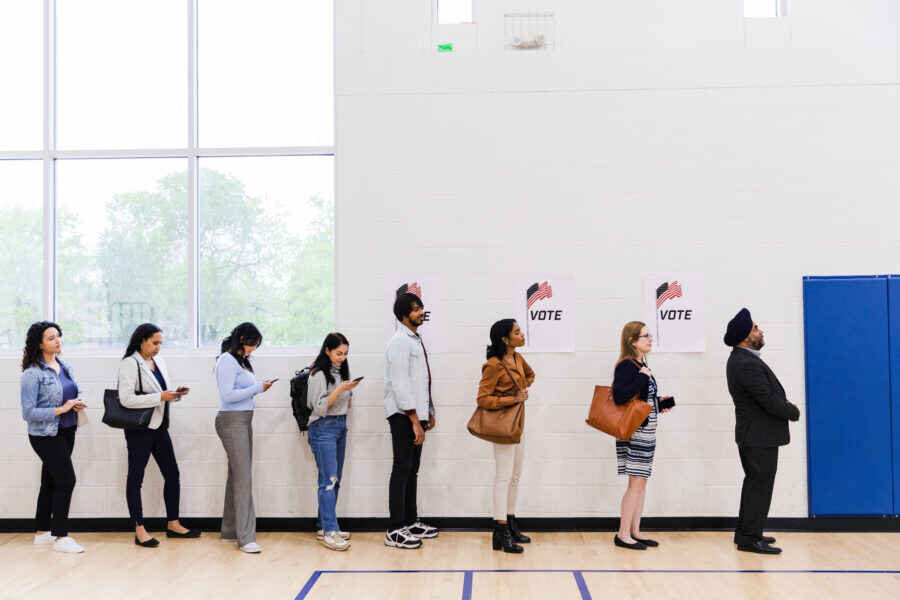
Summary of 42 CFR Part 2, Confidentiality of Substance Use Disorder Patient Records, Final Rule
Fact SheetHealth Data Sharing and PrivacyHealth Information and Data SharingLaw and policy play a critical role in shaping health outcomes especially when it comes to racial health equity. While legislative actions and trends matter, it is also important to understand the role of the courts in altering legal landscapes in ways that can positively or negatively impact racial health disparities. This fact sheet highlights four 2023 U.S. Supreme Court cases with examples of how each potentially impacts racial health equity. It also provides a further examination of two cases of the cases that can be classified as wins for racial health equity.











